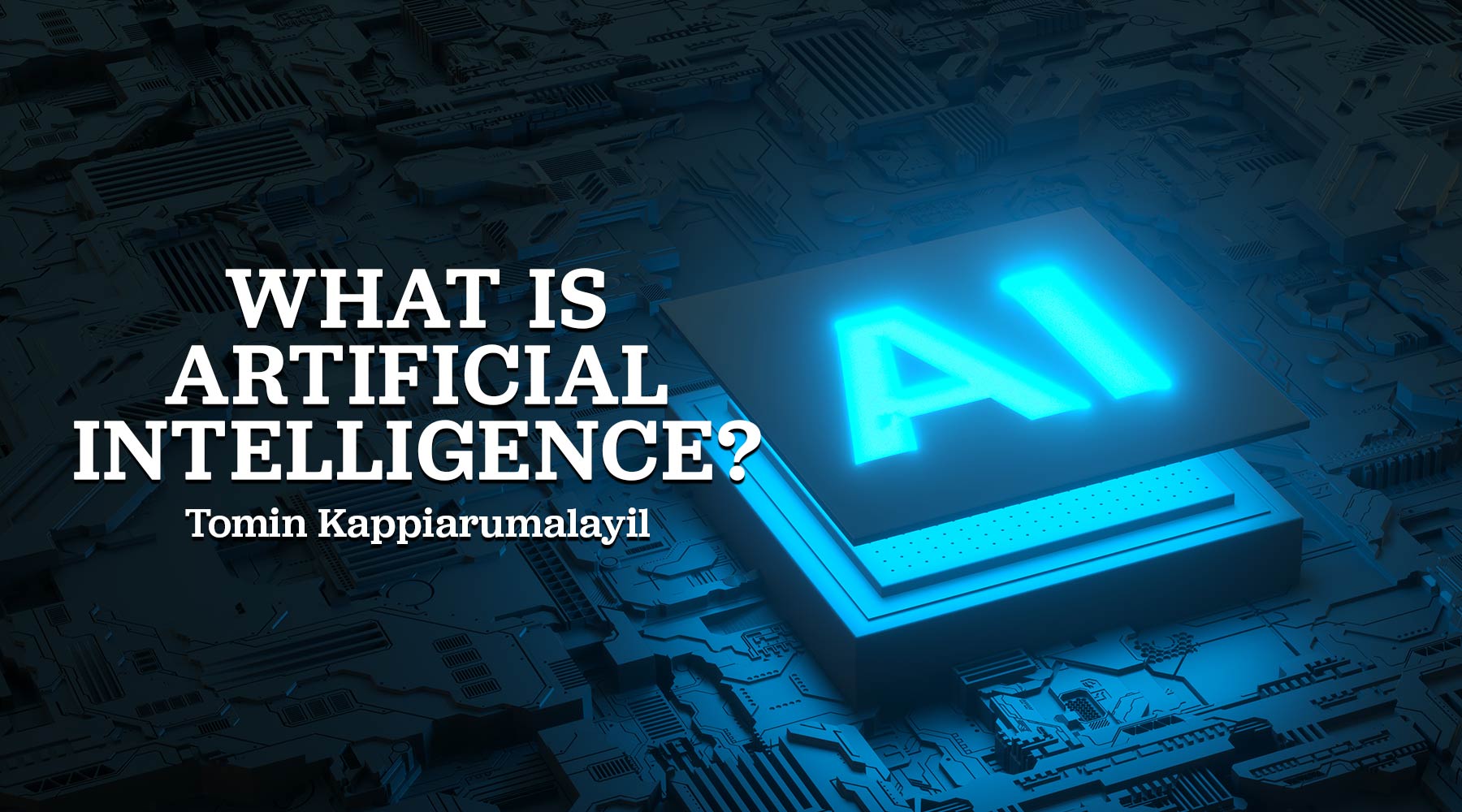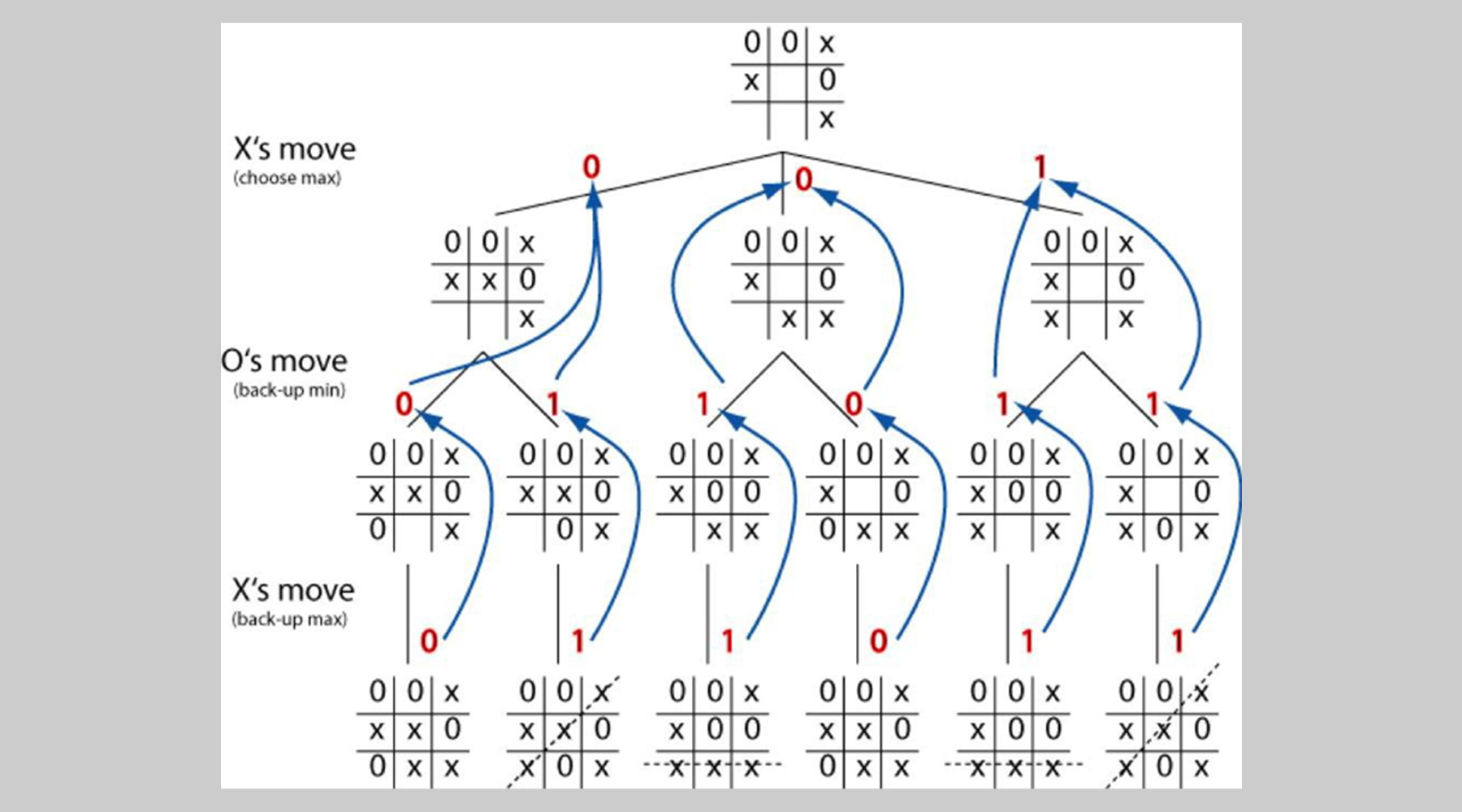What is Artificial Intelligence?
Tomin Kappiarumalayil
Artificial Intelligence… What’s the first thing that comes to mind when hearing this word? Often, we associate this word with machines that look and act like humans, acting at the extremes of malice and benevolence. However, AI is a huge field that encompasses more than just sentient robots. It’s any system that can function independently to solve a problem. We have divided AI into four levels: Reactive, Limited Memory, Theory of Mind, and Self-Aware, where each level brings us closer to true human intelligence.
The first level is Reactive AI. As the name states, this type of AI reacts to some input with output. For example, let’s look at tic-tac-toe. A reactive AI would go through all the possible moves you could make and choose the best one to minimize losing. Although this seems practical in this case, when we consider games like chess, it becomes less practical as there are almost an infinite number of moves. We are extremely limited here as we can only choose situations that have an end and have rules which never change.
Description: Diagram of how a Reactive AI would look at the last few moves in a tic-tac-toe game.
The next level is Limited Memory AI. This is where things start resembling human intelligence. By giving the computer a place to store information about its previous tries, we allow it to gain experience. This allows us to create more intelligent AI systems that can predict future events based on their past “experiences.” This is quite common in today’s world, with systems such as search engines and mapping apps utilizing this form of AI. An example of this is the YouTube recommended algorithm which uses your previously viewed videos to give you a selection of videos that are similar.
A level above this is Theory of Mind AI. Theory of Mind AI is able to tell how you are feeling and act accordingly. Suppose you wake up one day, put the directions to work on your phone using Google Maps, and on the way, you encounter traffic. Being stuck in traffic, you yell at Google Maps for choosing this path. In this case, instead of doing nothing about your burst of anger, Google Maps would reassure you that other routes would be slower and maybe even request that you call someone to explain why you might be late. Although this certain case is hypothetical, we are approaching this level of AI at a rapid rate.
Finally, we have the most perceived form of AI, Self-Aware AI. A Self-Aware AI is a machine that has intelligence comparable to a human. Often shown in movies, these AI are capable of thinking for themselves and can choose whether to do tasks and how exactly to go about doing them. This makes them essentially human. However, these only exist in movies as we have yet even to create AI capable of completely understanding human emotions.
Due to the influence of popular films, we often look at the negatives of further development in AI. However, there are so many ways this technology can help us. For example, in America, 1 in 3 persons is diagnosed with depression. If people had access to Theory of Mind or Self-Aware AI, they could talk to a program that completely understands how they feel and knows what exactly to tell them. This would ease the burden of therapists as well as allow those who are afraid to seek help to get the help they need. By doing so, many lives could be saved. This is just one application of the many where further development in AI can help us. Therefore, we should focus on the good aspects of new artificially intelligent systems, just as Jesus focuses on the goodness of our hearts.





